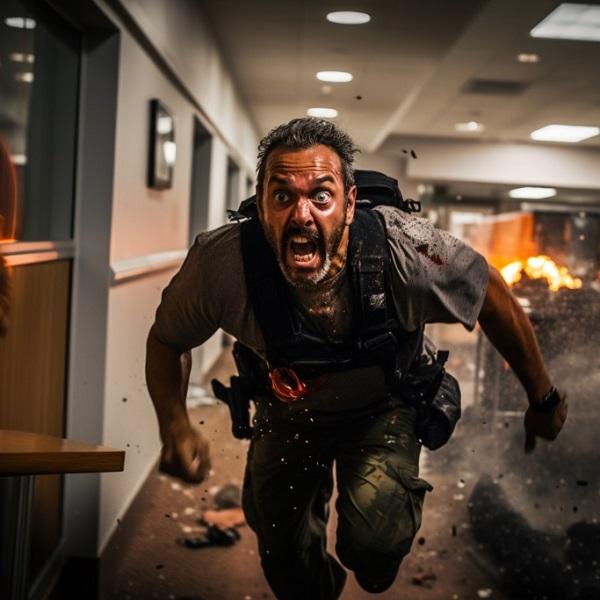Handling Active Shooter Scenarios
In today’s world, the threat of an active shooter scenario is unfortunately a reality that many individuals and communities must face. An active shooter is an individual actively engaged in killing or attempting to kill people in a confined and populated area, often using firearms. These situations are unpredictable and evolve quickly, requiring individuals to be prepared both mentally and physically to deal with them. In this comprehensive article, we will delve into the profile of an active shooter, good practices for coping with an active shooter situation, and the “RUN, HIDE, FIGHT” protocol. We will also discuss the importance of learning how to respond, preparing oneself, and understanding the role of law enforcement in such scenarios.
Profile of an Active Shooter
An active shooter is someone who is intent on causing mass harm and chaos by indiscriminately targeting victims. There is no pattern or method to their selection of victims, and they often use firearms to carry out their attacks. Active shooter situations are often over within 10 to 15 minutes, before law enforcement arrives on the scene. Therefore, individuals must be aware of their surroundings and prepared to respond appropriately in the event of an active shooter.
Good Practices for Coping with an Active Shooter Situation
Being aware of your environment and any possible dangers is crucial in preparing for an active shooter scenario. It is important to take note of the two nearest exits in any facility you visit. If you are in an office, staying there and securing the door is recommended. If you are in a hallway, getting into a room and securing the door is advised. As a last resort, individuals should be prepared to utilize the “RUN, HIDE, FIGHT” protocol.
The “RUN, HIDE, FIGHT” Protocol
In the instance of an active shooter, every second counts. The “RUN, HIDE, FIGHT” protocol serves as a guide for individuals to protect themselves in an active shooter scenario.
RUN: If you can reach an escape path to a safer area, then get out. Be aware of your surroundings and have an escape plan in mind. This may involve leaving belongings behind and prioritizing your safety.
HIDE: If getting out is not possible, find a place to hide. Secure yourself in a room, barricade the door if possible, and remain quiet. Silence your phone and stay out of the shooter’s view.
FIGHT: Fighting is an absolute last resort. Confronting an active shooter should only be considered if you are trapped with no escape. In such a situation, be as aggressive as possible and do whatever you can to stop the shooter.
Learning How to Respond and Prepare Yourself
It is crucial for individuals to learn how to respond in an active shooter scenario. Training programs such as the Civilian Response to Active Shooter Events can provide valuable guidance on how to react and protect oneself in such situations. Additionally, preparing oneself by imagining various scenarios and identifying escape routes, secure locations, and potential objects to use for defense can make a difference in an emergency.
The Role of Law Enforcement
Law enforcement plays a critical role in responding to active shooter situations. Their immediate deployment is required to stop the shooting and mitigate harm to the victims. It’s important for individuals to understand that the actions of law enforcement in an active shooter situation may be different from what is typically expected. Police may not have time to assist individuals when they first arrive on the scene, as their priority is to neutralize the threat and secure the area.
Conclusion
Handling active shooter scenarios requires a combination of preparedness, quick thinking, and decisive action. By being aware of the profile of an active shooter, adopting good practices for coping with such situations, understanding the “RUN, HIDE, FIGHT” protocol, learning how to respond, and recognizing the role of law enforcement, individuals can better equip themselves to navigate these challenging circumstances. It is essential for communities, organizations, and individuals to prioritize active shooter preparedness and response to ensure the safety and security of all.










